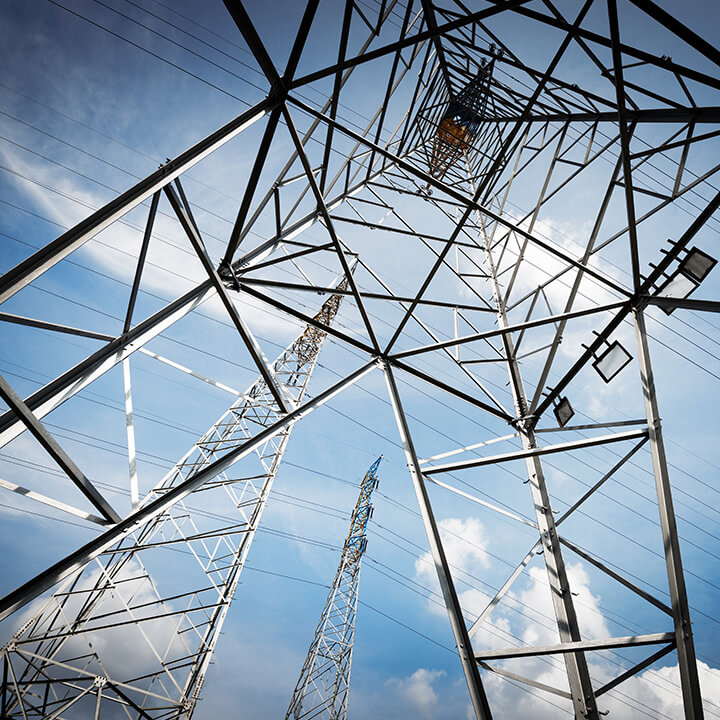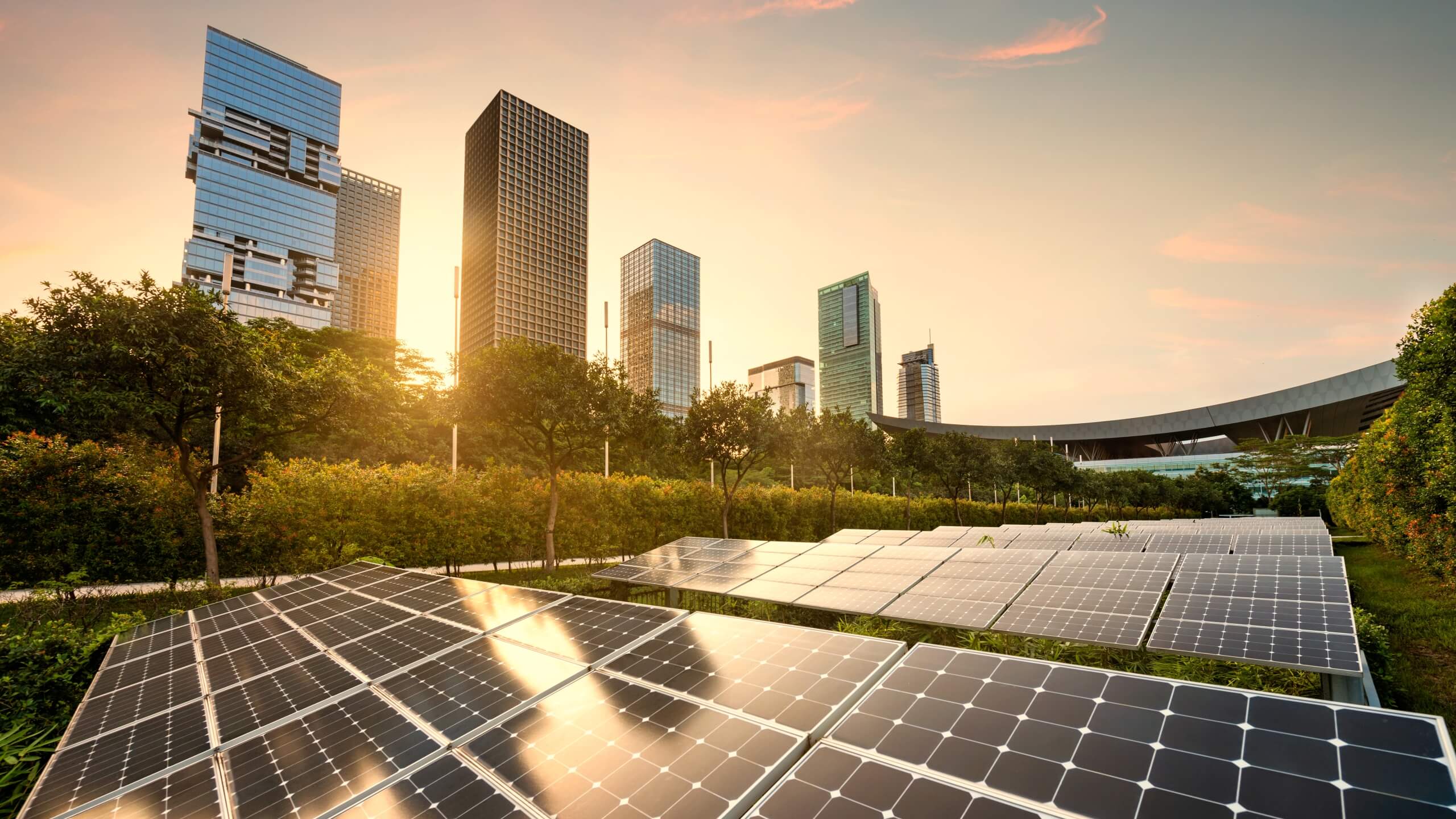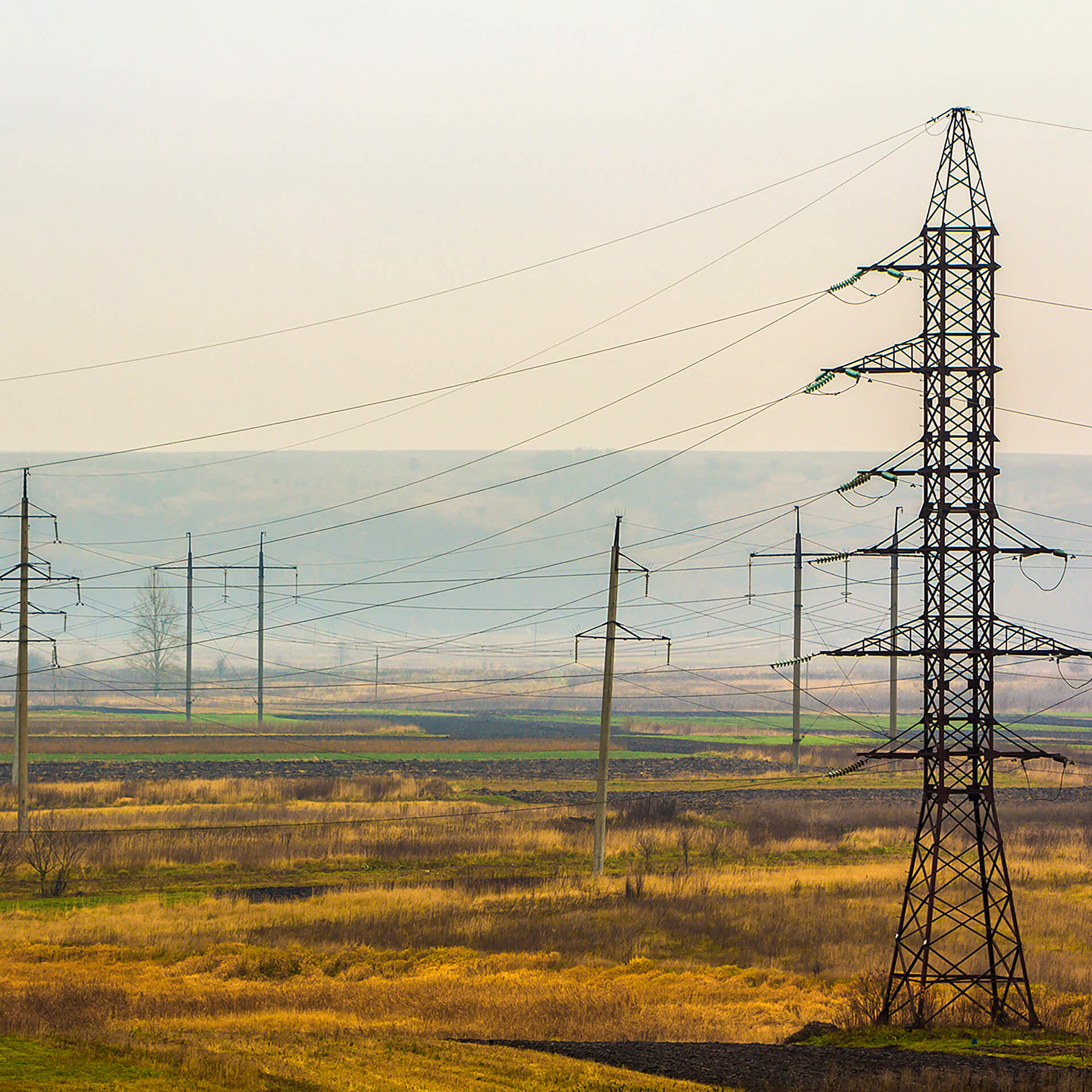Grid connection reform: Accelerating demand side projects
12th August 2025
“Electricity grid connection reform is underway. In this article, we provide an ‘at a glance’ update on key aspects for infrastructure, energy, and real estate developers.”

The UK electricity network was built around discrete, large-scale generators. The shift to renewables-based distributed generation, as well as growing demand, has significantly increased pressure on infrastructure. To support new connections to the electricity network, reinforcement works are needed.

The traditional ‘first come, first connected’ process means that obtaining a grid connection offer has typically been the first step for developers of new projects. Speculative applications have resulted in the connections queue containing ‘zombie projects’ which have no prospect of being developed and new projects therefore being offered connection dates 10 years away. Reform will clear these zombie projects from the queue.
Through the new National Energy System Operator (NESO), the government’s aim is to offer connections more strategically, aiding resourcing of the much-needed reinforcement works and pathway towards net zero by 2050. The Clean Power 2030 Action Plan provides an initial strategic framework, to be further amended by the Strategic Spatial Energy Plans.
How to obtain a Gate 2 grid connection offer
NESO has published methodologies setting out what you must demonstrate to obtain a Gate 2 grid connection offer with a confirmed connection date and connection point for your project. If you can’t demonstrate that your project is Gate 2 ready, you’ll be given a Gate 1 grid connection offer, containing an indicative connection date and an indicative connection point.
Reform cements a move to a ‘first ready and strategically aligned, first connected’ approach.
Both distribution and transmission connected projects could be subject to this reformed process. Generation that isn’t exporting onto the transmission system, or that’s below the Transmission Impact Assessment threshold (which was recently increased to 5 MW in England and Wales), isn’t in scope of connections reform and doesn’t need to meet the Gate 2 criteria or contribute to Clean Power 2030 permitted capacities.
The initial ‘Gate 2 to Whole Queue’ process (the first connections application window) is currently underway. On Monday 11 August NESO issued the 10 working days’ notice that the NESO Connections Reform window will close on Tuesday 26 August at 23:59.. If your project is impacted by reform and you have not yet applied for your Gate 2 grid connection offer, you need to submit your application as soon as possible, before the window closes.
Your projects will be awarded a Gate 2 grid connection offer if you meet the Gate 2 ‘readiness’ criteria and are strategically aligned. Being Gate 2 ready means your project has satisfied either the planning route (applicable for development consent order projects only) or the land route, demonstrating that the project has the required land rights in place and meets the minimum acreage requirements. To be strategically aligned, (save for specific exceptions) your project has to be aligned to the CP2030 Action Plan.
There are protections in place for projects with existing connection offers which are ‘significantly progressed’. For example, existing connection offers with a contracted connection date of 31 December 2026 or earlier will keep the same proposed connection date and point of connection; and existing connection offers where planning was applied for before 20 December 2024 and has been obtained, or with a CfD in place, or a Capacity Market contract in place, with a contracted connection date on or before 31 December 2027, will also keep the same connection date and point of connection.
See our earlier articles for further detail on reform proposals, readiness criteria, and more.
Plans to accelerate demand side projects
Ofgem has reported that there is 42GW of demand in the queue (17GW at transmission level and 25GW at distribution level), including projects such as large industrial demand and data centres.
Grid connections reform has been approved on the basis that transmission connected demand projects fall within the scope of grid connection reform, but don’t need to demonstrate strategic alignment. Distribution connected demand projects are currently outside the scope of grid connection reform. Work is however ongoing with the Energy Networks Association to consider how distribution connection demand projects are reviewed following the Gate 2 to Whole Queue process.
Ofgem, in its decision on grid connection reform, stated that the new process will also enable the acceleration of large demand projects in the queue, which can be blocked by generation projects or subject to unnecessary transmission reinforcement. The new process will allow these projects to accelerate into capacity gaps created by the reforms. Ofgem also noted that accelerating demand projects should better support economic growth and enable the decarbonisation of the wider UK economy, for example industrial decarbonisation, electric vehicle production, as well as wider goals such as increased housing [1].
The expectation is that by moving both demand and generation projects that are not ready to the Gate 1 queue, as well as generation projects which do not align with the permitted capacities in the CP2030 Action Plan, capacity will be released, resulting in Gate 2 projects, and projects outside of grid connection reform, receiving accelerated connection dates.
Of course, connection of demand side projects is subject to available capacity and resources being deployed to carry out necessary connection works. Grid connection reform aims to aid the ability for network operators to plan and deploy resource more strategically whilst enabling demand side connections in a timely manner. For example, NESO’s Connections Network Design Methodology states that where appropriate, assessments will also be undertaken at Grid Supply Points (GSPs) to determine any further local or GSP works required to connect relevant embedded projects. The relevant transmission owners will identify the scenarios where a GSP may require reassessment, including where a high percentage of projects previously contracted to connect at the GSP have been removed from the queue following the application of the Gate 2 criteria.
Success of reform will be judged on factors such as whether demand side developments have timely access to connections for new developments. The expectation is that transmission customers will start being notified about the outcome of their Gate 2 applications in September 2025 and distribution customers in October 2025. The process is expected to conclude in March 2026 for all transmission applications and May 2026 for all distribution applications. Given the ongoing issues with the NESO portal and NESO therefore extending the initial closure date of the Gate 2 to Whole Queue application window, this timeline may be amended.
Grid connection reform: How we can help
Grid connection reform is part of a larger, evolving landscape of strategic energy delivery and security, intended to contribute to economic growth. Whilst it may present some immediate challenges, Our Infrastructure & Energy specialists can support clients throughout this process. Specifically, we can:
- Help you understand, apply and stay up-to-date with, legal and regulatory developments
- Provide training on grid connection reform and related sector horizon-scanning
- Provide legal and practical advice and support in relation to grid connection applications, as well as related statutory consent and planning applications
- Provide commercially-focused, cross-disciplinary advice and transactional assistance in connection with infrastructure and energy developments and financings
- Help secure ‘green finance’, or other responsible investments, to fund infrastructure and energy developments
- Provide risk management and effective dispute resolution strategies if/when any grid connection or related issues do arise.
For further information, tailored advice, or staff training, please contact Ben Sheppard, Sophie Linnell or any member of the Infrastructure & Energy team.
[1] https://www.ofgem.gov.uk/sites/default/files/2025-04/Summary-Decision-Document-TMO4-package.pdf









